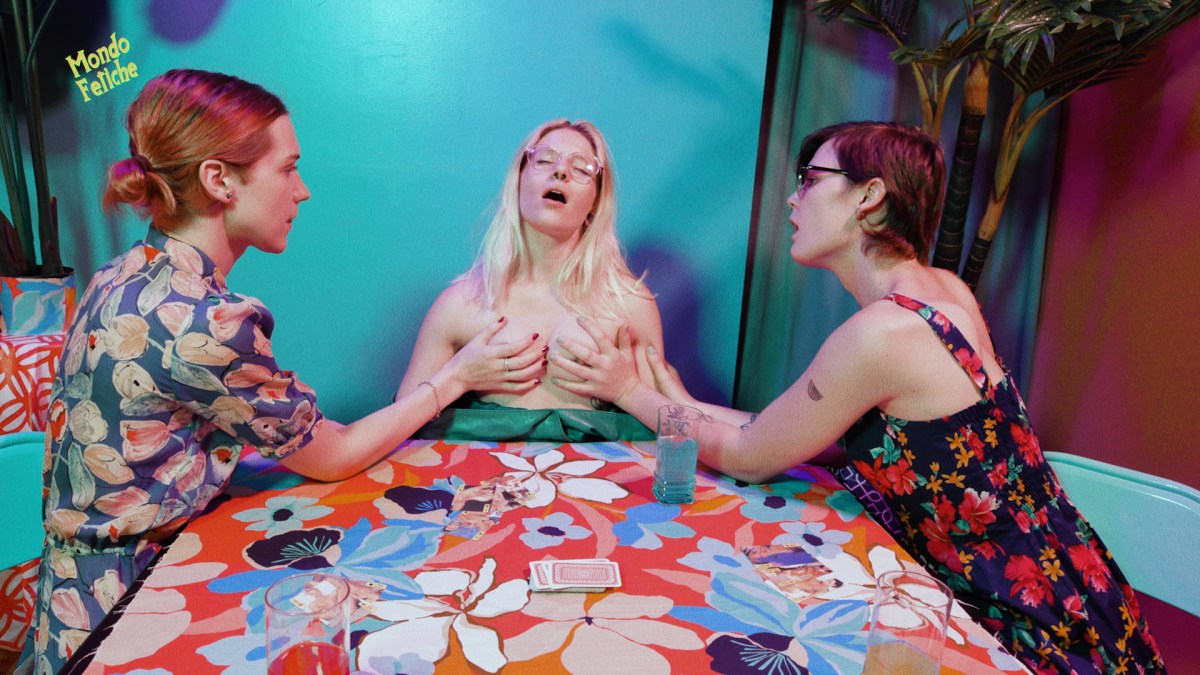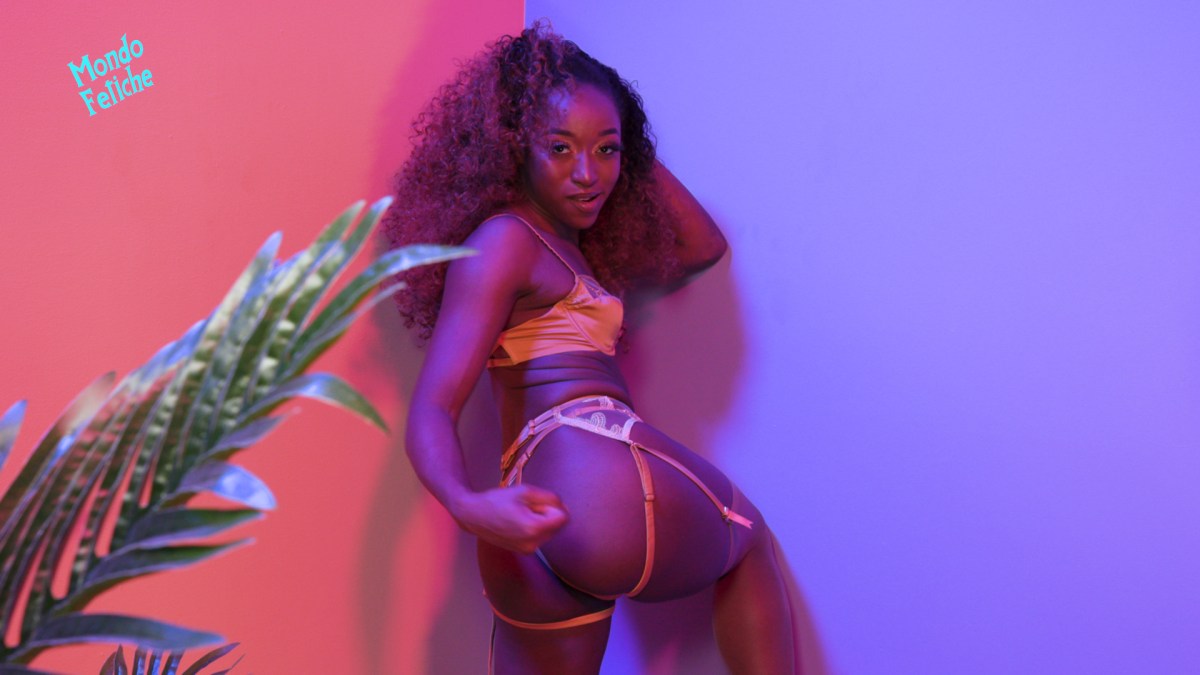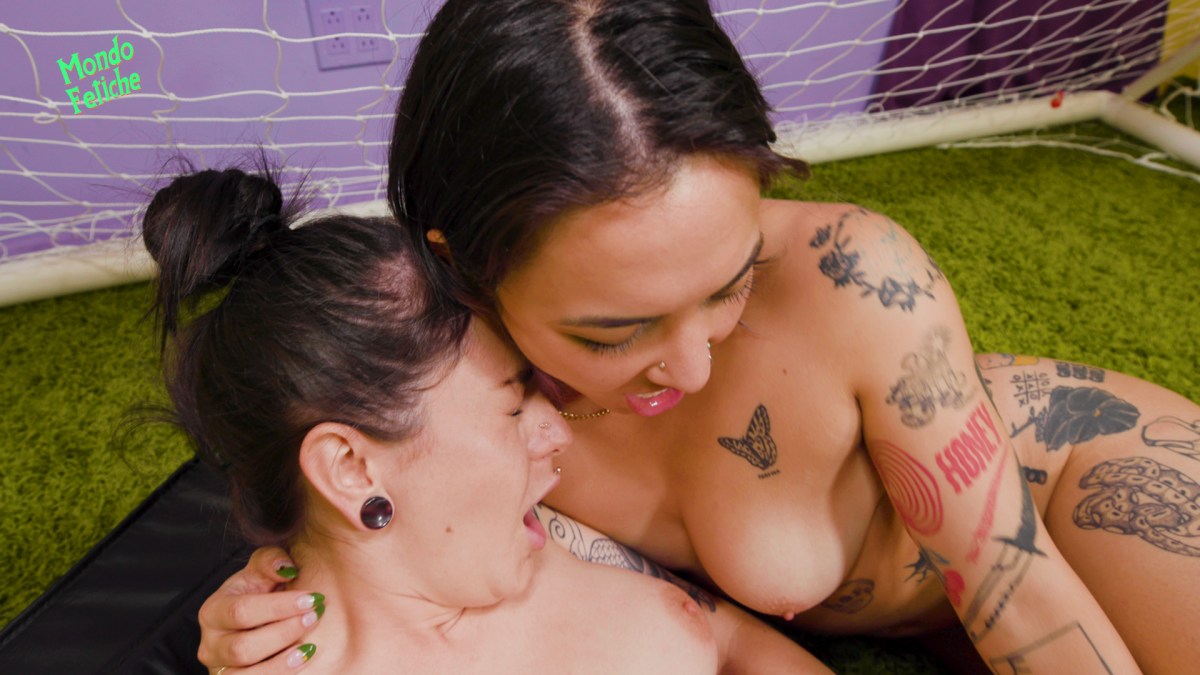The feature image of Ashley Paige and Ava D’Amore and all of the photographs in this NSFW Sunday are from fetish site Mondo Fetiche. The inclusion of a visual here is not an assertion of a model’s gender or orientation. If you’re a photographer or model and think your work would be a good fit for NSFW Sunday, please email carolyn at autostraddle dot com.
Welcome to NSFW Sunday!
Shadow emotions are the emotions you suppress. Here’s how to identify and understand them:
“Doing shadow work consists of taking the time to really examine and label your emotional experiences. This involves identifying what you are feeling, in a way that delves deep into the specifics. For example, if you are feeling grief, what does that grief look like? […]
Once you have identified and labeled your emotions, it’s important to take the time to pay close attention to your thoughts surrounding these emotions. If your primary emotion is grief due to loss, what are your thoughts surrounding that loss? Are you blaming yourself for not being stronger? Are you doubting the validity of your emotions? […]
All of these are feelings that can evoke a sense of shame or guilt, so our instinct may be to suppress them. However, suspending judgment about our shadow emotions in order to better understand them is critical for our own good.”

Valentine Boudreaux, Lain Arbor, River Gray for Mondo Fetiche
To feel loved, respected, and admired in a relationship, you need 20 positive interactions for every one negative interaction.
What does it mean to love your body hair?
What are the best positions for anal sex?
What do your sex dreams mean?
Won’t someone please rent to the Vagina Museum.
If you’re trying to design your own relationships, the relationship smorgasbord can help.

Tasha Black for Mondo Fetiche
Effectively repairing a relationship involves identifying blocks to healthy communication, recognizing when emotional flooding is happening, and practicing mindfulness and self-compassion:
“Once you feel regulated, you can shift focus off of your partner and get curious about your triggers. Questions like: ‘What is this about for me?’ ‘When have I felt this way before?’ ‘What am I afraid of?’ And Brené Brown’s question: ‘What is the story I’m telling myself?’ These questions help you identify what old wounds or assumptions may be getting triggered by the conversation. Upon return, rather than getting back into the criticism-and-defensiveness cycle, you can use conflict and repairs as an opportunity to heal old wounds, correct mistaken beliefs, and bring more of your authentic self to the relationship.”

Ava D’Amore, Lucy Strawberry for Mondo Fetiche
Here’s how to tell your friends you’re back with the ex they hate:
“The most important thing you can do is be honest. You have to tell your friends as soon as you get back with the ex, whether it was a toxic relationship in the past or a good one that you really missed. The reasoning here is simple. One: You shouldn’t have lies between you and your friends. It’s just not good for the relationship. Two: They will find out anyway.”



I’ll admit that when I heard about the Vagina Museum, I first thought it might be like the Penis Museum in Iceland (a real place where they have the actual phalli of many different animals on display, including, to my understanding, two human specimens). I do hope someone rents to the Vagina Museum, though.
“Here’s how to tell your friends you’re back with the ex they hate”
That is such a Mood
3 of these articles call to present situations or thoughts of mine.
Thanks Carolyn and Autostraddle!!